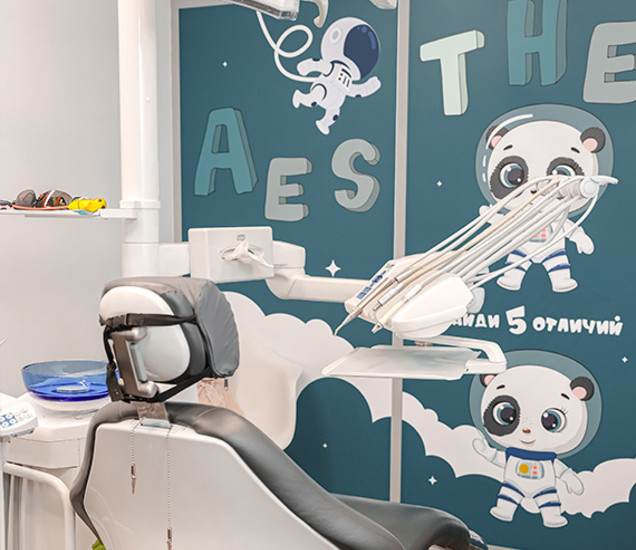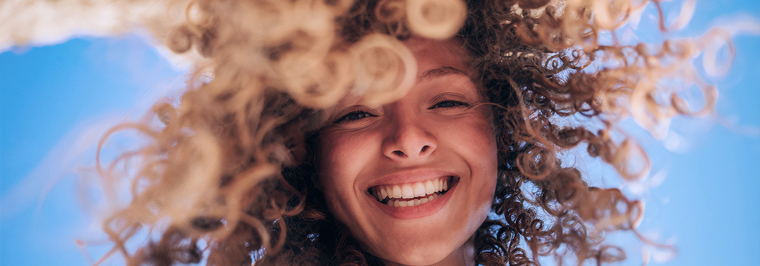Many people have dental issues, one of which is known as protrusion, a defect where the teeth jut forward. This looks unattractive. The anomaly can be congenital or acquired, but regardless of its nature, the staff at AESTHETE Dental Clinic can correct it.
How we can be
useful to you:
Veneers Without Grinding
Pediatric dentistry
Correction of bite
Implantation and crowns
What is Protrusion?
Protrusion is an aesthetic defect where the teeth are tilted in such a way that they stick outwards. The opposite condition, where the teeth seem to sink inward into the oral cavity, is called retrusion. This pathology arises as a symptom of various jaw problems, including positional and size abnormalities. Therefore, treatment should focus on the underdeveloped jaw. Characteristic signs of protrusion include:
- Changes in facial contours;
- Protruding teeth – they are not only tilted forward but also fan out, appearing too large. However, in people with full lips, this defect might be less noticeable;
- Constantly parted lips, requiring effort to close them;
- The profile of the lower third of the face does not match accepted proportions.
Minor protrusion is also known as a biprognathic bite. In this case, there is contact between the groups of teeth, no difficulty pronouncing sounds, and no trouble biting or chewing food. A biprognathic bite is considered a variant of physiological norm, often passed down genetically from generation to generation.
However, a more severe defect is often encountered. Not only does it disrupt the aesthetics of a smile, but it also causes other problems. The patient cannot:
- Properly bite and chew food, leading to uneven load on the teeth, where some wear out faster than others, also causing gastrointestinal diseases;
- Pronounce many sounds, especially sibilant consonants.
In people with pronounced protrusion and wide gaps between their teeth, others might see the movement of the tongue when they speak. Additionally, saliva might spray during conversation. Another consequence of a serious defect is the displacement of the tongue and lips into unnatural positions. Often, protruding teeth are accompanied by another anomaly, known as distal occlusion. In this case, the sagittal gap, the space between the upper and lower incisors, significantly increases. Normally, it does not exceed 2-3 mm, but with distal occlusion, it significantly increases, causing discomfort.
Causes of Protruding Teeth
Protrusion is more common in children. In children under 6, it can result from constant thumb sucking or prolonged use of a pacifier. During the mixed (6 to 13 years) and permanent dentition periods, unnatural tilting of the teeth occurs for various reasons:
- Due to a lack of space in the dental arch, known as crowding, which is caused by:
- Macrodontia – some teeth grow larger than others;
- Underdeveloped jaws;
- Eruption of supernumerary teeth.
- Due to a lack of contact between the upper and lower jaws in childhood. The main reasons include:
- Breathing problems like adenoids, otitis, sinusitis, and other diseases forcing the child to breathe through the mouth;
- Macroglossia – an enlarged tongue beyond the normal size;
- Harmful habits such as prolonged use of a pacifier, thumb sucking, biting the tongue or lip, chewing on pens, pencils, or markers.
- Another cause is delayed loss of baby teeth, forcing permanent teeth to change their eruption vector.
- Improper tongue positioning in the mouth can also cause this defect, as it presses on the teeth, causing them to tilt.
In adults, protrusion often develops as a complication of periodontal disease – a condition affecting the tissues surrounding the tooth roots. In this case, the roots become exposed, and the teeth start to wobble. This defect can also result from insufficiently effective orthodontic treatment and not following the doctor's recommendations. If braces or aligners are removed prematurely, the teeth might return to their original position. Usually, after orthodontic correction, a retention period is required, where the patient must wear special retainers to maintain the result. Neglecting this, and not listening to the orthodontist, can lead to the recurrence of previous defects. Therefore, when correcting a bite, it is important to:
- Strictly follow the dentist's recommendations;
- Visit the doctor according to a predetermined schedule to monitor the treatment process;
- Not refuse to wear retainers – this is a crucial stage in bite correction. Ignoring it might mean your time and money were wasted.
Protruded Teeth Treatment
-
Title
Price
-
Invisalign correction course:
-
Comprehensive
from 36 400 AED
-
Moderate
from 29 200 AED
-
Light
from 25 400 AED
-
Installation of braces systems (including casts, braces, retainers)
from 18 630 AED
Treatment Methods
Doctors address protrusion considering its causes, the severity of the problem, the patient’s age, and other individual characteristics. Treatment begins with diagnosis.
Diagnosis
Often, an examination is sufficient for diagnosis, as the characteristic signs are quite noticeable. However, treatment strategy can only be developed by understanding the patient's jaw system. The condition of the jaws, their position, and the placement of teeth and their roots must be evaluated. This requires imaging. Currently, dental diagnostics use:
- Radiography;
- Computed tomography. These are informative diagnostic methods.
Myogymnastics
This method is suitable for young children whose tooth replacement process is not yet complete. Often, it is enough to eliminate harmful habits and perform myogymnastic exercises aimed at strengthening the chewing and facial muscles. It is especially important to train the circular muscle of the mouth. When it is underdeveloped, the front teeth move forward as they do not encounter resistance from the outside. In early childhood, strengthening the chewing and facial muscles often allows for alignment and proper shaping of the dental arch.
Veneer Placement
Minor defects can be masked using crowns or veneers – thin ceramic plates placed on the front surfaces of the teeth. At AESTHETE Dental Clinic, doctors use Magicneers technology, which allows veneers to be placed without preliminary grinding. However, this method only masks aesthetic defects and does not eliminate the problem. It can be used if only one or two teeth are protruding. If protrusion affects a significant part of the dental arch, veneers will not help.
Orthodontic Correction
Older patients need to wear braces or aligners. Removable and non-removable orthodontic devices correct the bite, forcing the teeth to move and take the anatomically correct position. Children and teenagers are often prescribed braces. These are non-removable devices that apply the necessary pressure through an orthodontic arch. Brackets used to fix them to the teeth are made from various materials – metal, ceramics, synthetic sapphire. Doctors at AESTHETE Dental Clinic will help choose a solution based on the complexity of the problem and the patient's preferences. Adults are better suited for aligners – removable transparent plastic devices. They are less noticeable, which is particularly important for those who frequently interact with people, perform in public: show business personalities, politicians, lecturers, managers, and businessmen. Regardless of the orthodontic devices used, the treatment will be lengthy. But the result will be excellent. Remember, after removing braces or completing aligner treatment, retainers must be worn. The duration of the retention period will be specified by the doctor. Retainers are usually removable, but in some cases, a non-removable device – a metal arch fixed to the inner side of the teeth – is used. If the teeth are crowded, the doctor may perform separation – separating them. This involves grinding the enamel on the lateral surfaces to increase the gaps between the teeth. Comprehensive treatment yields good results. In this case, the orthodontist combines several methods to enhance the effect.
Surgical Methods
For severe crowding of teeth, separation is not enough; some teeth must be removed to create space, otherwise, the row cannot be straightened. After removal, braces are installed, or aligners are prescribed. In complex cases, more extensive surgical intervention is required.
To make you healthy,
happy and successful!
will help you with this
Consequences of Improper Bite
Some people are in no hurry to correct the defect as it does not cause physical discomfort. This is a dangerous misconception. Even if there is no discomfort now, it does not mean it won’t occur in the future, and it will be more difficult to eliminate. Normally, a tooth root should occupy a stable position in the bone socket, allowing it to withstand chewing pressure well. However, due to protrusion, the teeth are subjected to increased load without sufficient support. Therefore, the angle of inclination may worsen, facial aesthetics will deteriorate further, and speech impairments will become more serious. If protrusion is not treated, possible complications include:
- Accelerated tooth destruction. Teeth are subjected to high loads, causing faster wear of the incisors and leading to caries.
- Deformation of the facial side of the skull. Particularly noticeable changes occur in the lower third of the face, making the proportions look unnatural.
- Gastrointestinal disorders. Due to improper bite, the patient cannot properly chew food, leading to digestive system diseases.
- Development of periodontitis – an inflammatory gum disease causing discomfort and pain. If untreated, teeth become mobile and may fall out.
- Temporomandibular joint dysfunction. Ignoring the problem can lead to neuralgia and arthritis.
- Prosthetics cannot be performed with an improper bite. First, protrusion must be corrected before bridges, crowns, or implants can be installed.
Prevention of Protruding Teeth
At the first signs of jaw anomalies, consult a doctor. Parents should pay attention to their children's dental health. If a problem is suspected, quickly schedule an appointment with a pediatric dentist. Adults should not neglect preventive check-ups, ideally visiting the dentist twice a year. It is particularly important to monitor young children. Breathing difficulties, harmful habits, and prolonged use of pacifiers can lead to jaw anomalies. Proper use of braces, aligners, and other orthodontic devices is necessary. Do not remove them before the doctor permits. If they break or shift, contact the orthodontist to avoid complications. Do not refuse to wear retainers. The retention period lasts no less than the time spent wearing braces for bite correction. It is necessary to consolidate the result and avoid potential relapses. Follow the dentist's instructions. They see the overall picture and understand potential negative consequences. Do not skip control visits, during which the doctor can notice and immediately correct any issues. Try to avoid stress, nervous breakdowns, and overwork. Negative psycho-emotional states affect the body, including the teeth and surrounding tissues. Maintain a proper diet to provide the oral tissues with necessary vitamins and minerals. Smoking and alcohol consumption slow down regenerative processes and worsen the condition of the jaw system. The older the patient and the longer they have not seen a doctor, the harder it will be to eliminate protrusion. By age 25, the bone tissue is fully formed and dense, making it difficult to work with. Therefore, it is better to address protruding teeth issues in childhood or adolescence.
Evaluate the amazing
results of our clients:
Literature sources
- M.A. Brunsvold Pathologic tooth migration
- P. Martinez-Canut et al. A study on factors associated with pathologic tooth migration
- P.P. Towfighi et al. Pathologic migration of anterior teeth in patients with moderate to severe periodontitis
Our clinics:
Clinic in Dubai
Resident part, Building 10
Clinic in Moscow
metro Chistye prudy
Clinic in Moscow (Barvikha)
Shopping center "Dream House" 3rd floor









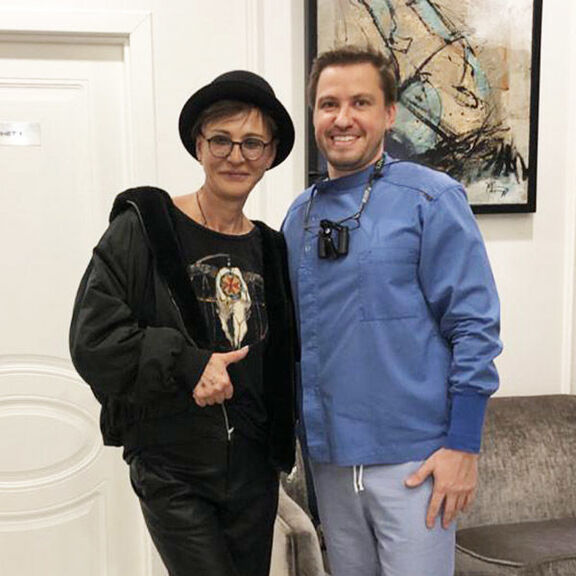

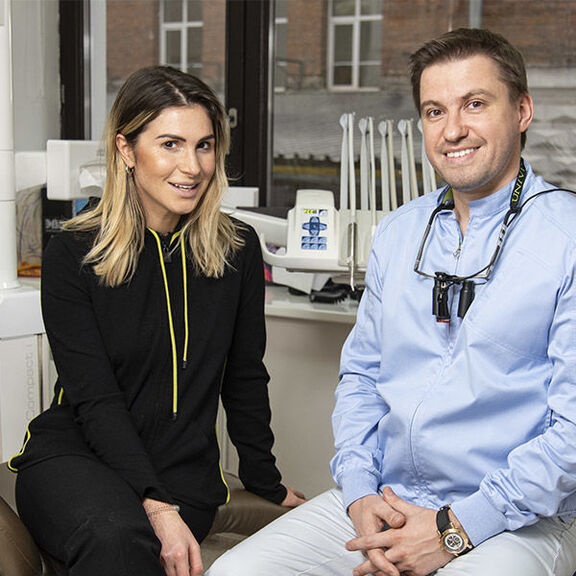




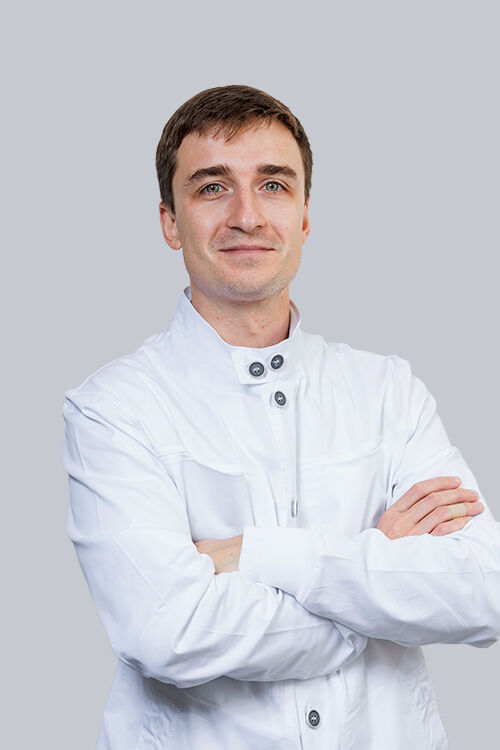




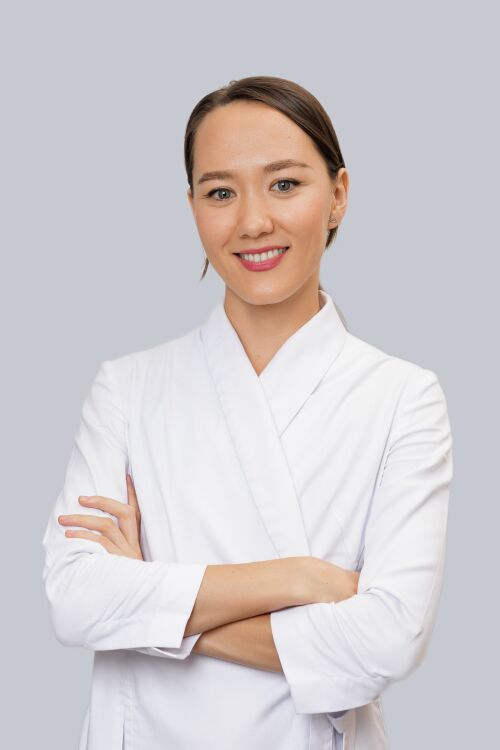

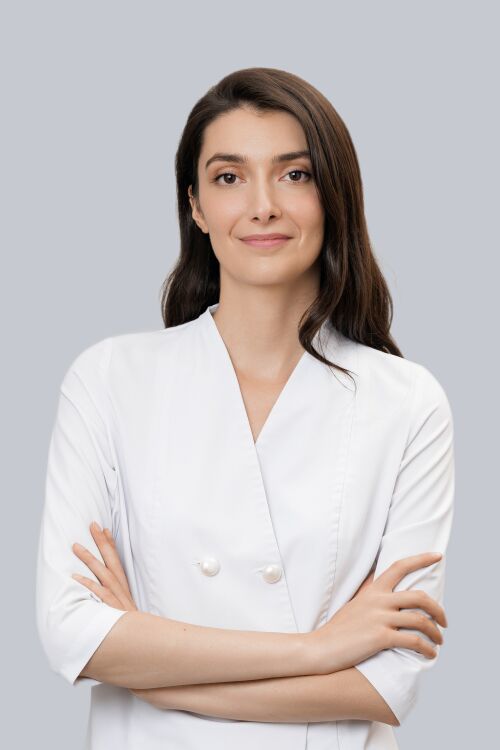
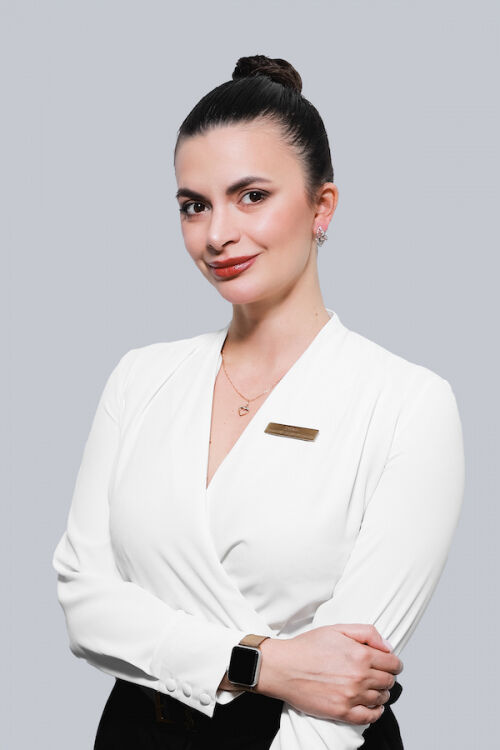












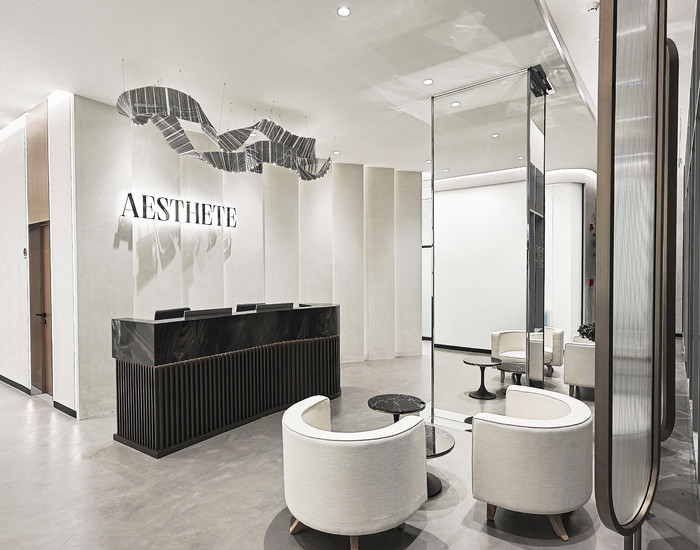
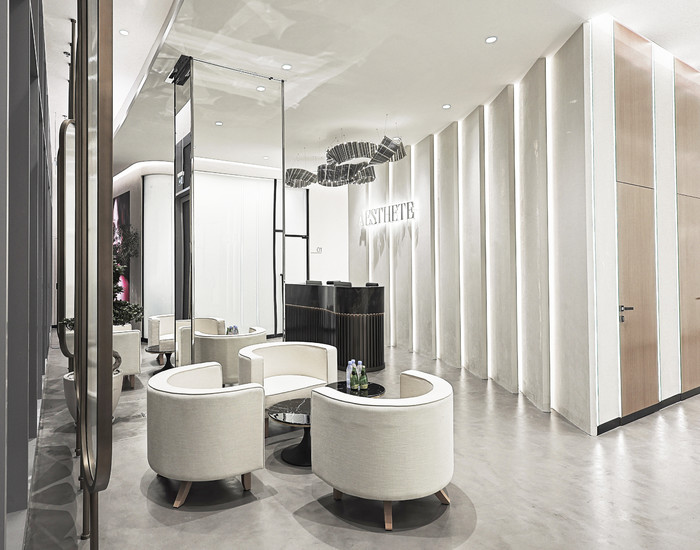
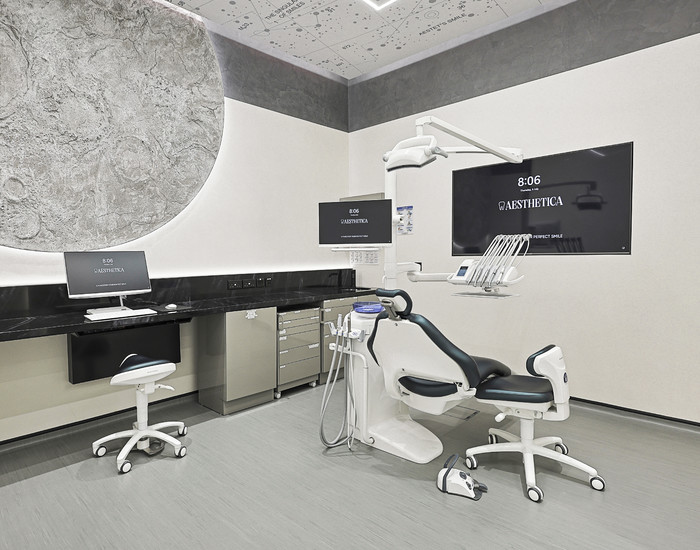
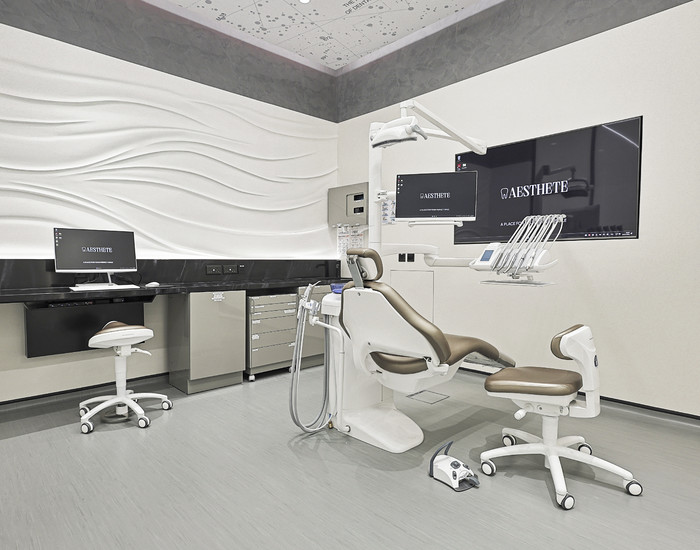
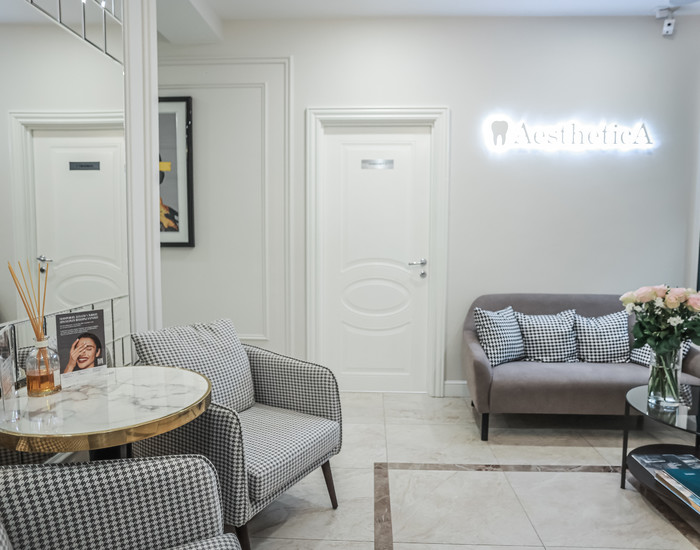





_700x550_ac7.jpg)
